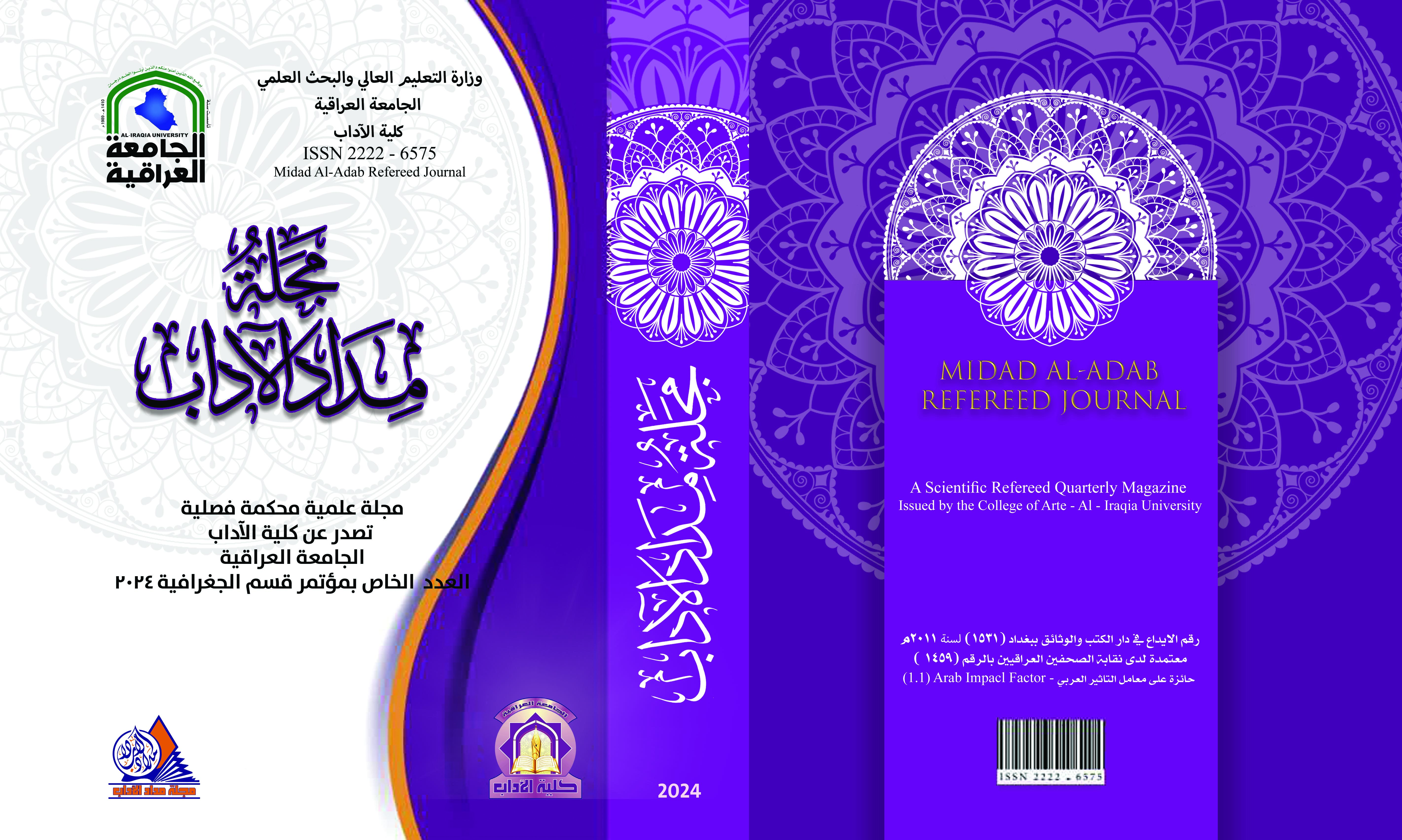Visual perception of the cartographic representation of population growth rates in Salah al-Din Governorate using my method (Kriging and Inverse distance weighting)
DOI:
https://doi.org/10.58564/ma.v14iالعدد%20الخاص%20بمؤتمر%20قسم%20الجغرافية.1473Keywords:
Keywords. Visual perception , Cartographic representation, kriking, population growth.Abstract
The research entitled (Visual Perception of the Cartographic Representation of Population Growth Rates Using the Inverse Distance Weighting and Kriging Methods), which aims to reach an effective cartographic representation characterized by comprehensiveness, accuracy and objectivity in representing data on population growth rates using the two methods (Inverse Distance Weighting and Kriging) dealt with , The research concluded that the use of modern technologies has a major role in drawing and producing population maps with a high level of visual perception. It also has the ability to give a clear picture close to reality to know the nature of the spatial distribution of population growth rates, and the necessity of exploring data through histograms, distribution direction, and spatial autocorrelation. Before cartographic representation, in order to know the nature of the data distribution, its spatial trends, and their connections, it is shown through statistical indicators of the mean error and the square root of the mean square error, The most accurate method is the inverse distance weighting method in representing population growth rates, where the average error reached (0.07), and the square root of the mean square error (0.49), followed by the Kriging method with an average error of (0.21), while Log root mean square error (1.13).
Downloads
Published
Issue
Section
License

This work is licensed under a Creative Commons Attribution-NonCommercial-NoDerivatives 4.0 International License.








